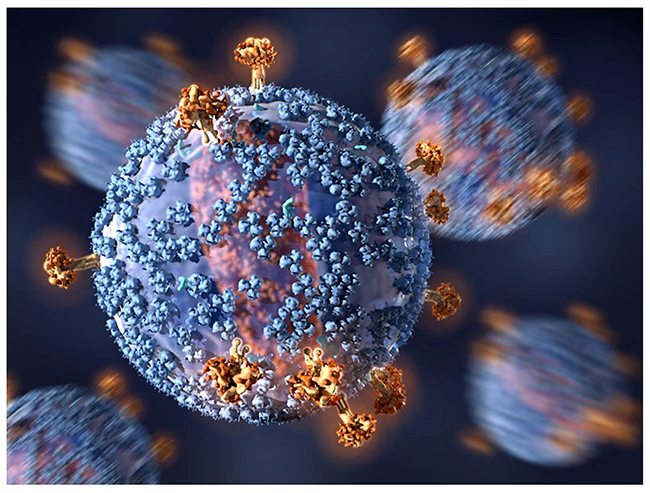
As we kick off another week in the biotech space, here’s a look at what moved markets at the close of last, and how we expect the companies in question to move going forward. The two companies we’re looking at are Aurinia Pharmaceuticals Inc (NASDAQ:AUPH) and Akari Therapeutics (NASDAQ:AKTX).
First up, then, Aurinia.
This one’s a pretty interesting one. The company had been one of the top performing companies in the biotech space for the first three months of this year, as markets loaded up on the company in anticipation of its lead asset progressing through the development pathway and towards approval. Mid March, however, having topped out at a little over $10 a share, Aurinia started to decline, and posted corrective lows at around $6.5 mid last week. Then, as the week drew to a close, the company put out some news related to a pivotal study, and it looks as though the news is enough to have helps Aurinia bottom out and return to its upside momentum.
The situation is as follows: the company is developing a lead asset called Voclosporin in a target indication of lupus nephritis, or LN, which is the inflammation of the kidney that is caused by systemic lupus erythematous (SLE). Phase II study data was positive, and points towards efficacy when used in conjunction with the standard of care therapy in the space. However, some analysts had claimed that the Urinary/protein creatinine ratio (UPCR), which is a metric that Aurinia had in place in the phase II study as a sort of surrogate efficacy indicator, wouldn’t be enough to satisfy regulatory agencies (on the back of a phase III study) that the drug works. Basically, these analysts argued that Aurinia would have to biopsy patients post-treatment, and use this biopsy to prove efficacy. If this biopsy were needed, it would not only increase trial costs for the company, but it would also add an extra element of risk into the equation – the company has already shown that the drug can perform against a UPCR metric, and to ad a biopsy requirement ahead of a phase III makes things far less certain.
So, this is what we’ve just got word on. The company has sat down with regulatory agencies in Europe, Japan and the US, and has reported on the back of these sit-downs that a single phase III study should be sufficient to pick up regulatory approval in these regions, when combined with the phase II data already discussed. Further, and just as importantly, the company put out some endpoint markers, and UPCR was the lead of these markers, and there doesn’t look to be any hint of a biopsy requirement.
That’s why the company is turning around, and that’s what investors are looking at as indicative of future strength.
There’s not going to be too much in the way of catalysts between now and trial completion, so we’re not expecting a lot of volatility going forward. That said, chances are we’ll see markets continue to load up on the stock, and push PPS higher in the process.
So, now let’s look at Akari.
This one’s another turnaround story. The company is a young biotech working to develop a treatment for a condition called paroxysmal nocturnal hemoglobinuria (PNH). It’s a rare blood disease, and is characterized by the destruction of red blood cells, which can lead to symptoms and complications that range from minimal, such as discoloration of urine, to severe, such as leukemia and stroke. The drug in question is called Coversin, and there’s plenty of early stage data to suggest that it might be a winner in this disease. The drug’s in a couple of phase II studies right now, and the FDA just granted it Fast Track designation. Data from the first of the phase IIs (well, interim data) is set to be presented at a research and development day in New York on April 24.
So, why is the stock running?
Well, it’s a combination of the above mentioned factors. The Fast Track designation gives the drug a raft of regulatory advantages, and with management set to offer insight into efficacy before the end of the month, it looks as though certain operators are taking a position ahead of the presentation in anticipation of some strong numbers.




